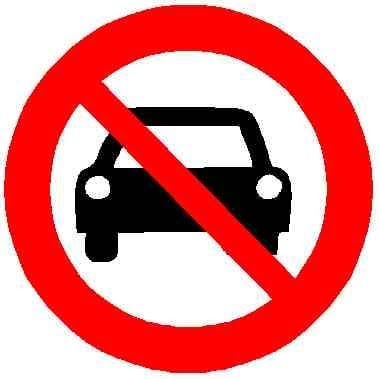“Giving people more viable alternatives to driving means more people will choose not to drive, so there will be fewer cars on the road, reducing traffic for drivers.”
Concise, easy to understand, and accurate. I have used it at least a dozen times and it is remarkable how well it works.
Also—
“A bus is about twice as long as a car so it only needs to have four to six passengers on board to be more efficient than two cars.”


I would bet a lot of that is unfamiliarity. “I don’t know where the route is or how to get to the bus or what the schedule is or how long I have to wait or whether I’ll be able to get home at a reasonable time or how I can pay. “
Some of this is part of infrastructure. Yes, in the US buses are unpredictable, always seem delayed, and it’s tough to figure out where they go. Yes there aren’t very many and service can end early, and schedules tend not to be posted. Sometimes the payment system is one that rare riders won’t be familiar with.
At least some of the time subways are a “more acceptable” form of transit and I believe it’s the predictability, better signage, you can spend time figuring out the fare machine without being on the spot for delaying the transit. Subways even have the reputation of running more frequently than buses. These are all things bus transit could have too
For me, even being familiar with transit near me, it was much easier when I rode often enough to get a monthly pass rather than deal with fare paying